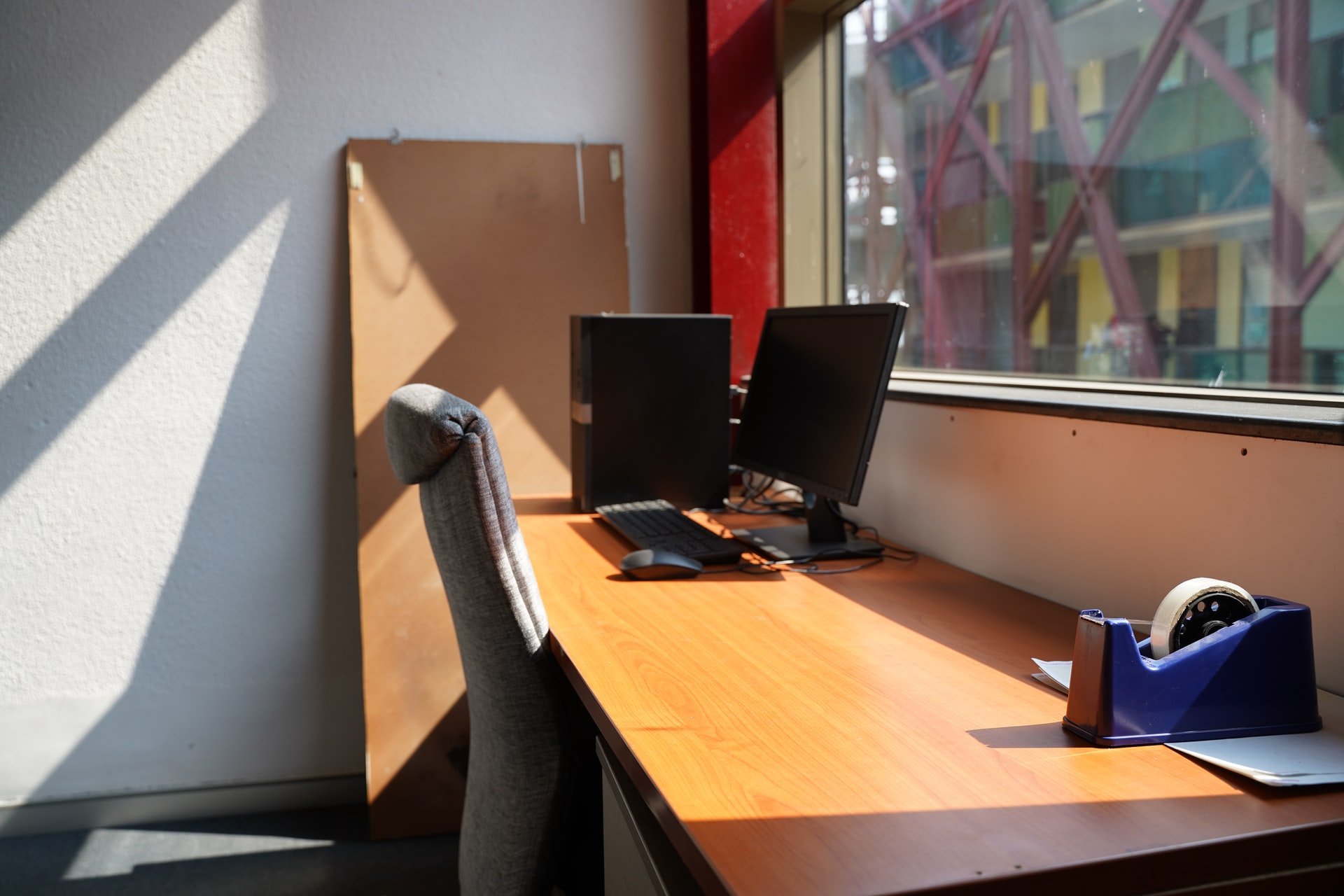Anxious About Returning to the Office? These 7 Strategies Can Help
Before the pandemic, people were working in offices surrounded by the company of others. Then when COVID-19 hit, we had to protect our health and our jobs by working remotely. We were able to keep our jobs and social distancing through Zoom calls, but now businesses are opening back up with the pandemic easing.
This means it’s time to return back to the office, but you’re experiencing anxiety. As a result, you’re not alone. According to a PwC survey, 70% of 1,000 workers have had their reasons for going back to work, with 51% saying fear of getting COVID-19 is the main reason. After all, you felt safe working at home, away from the health dangers that could meet you at the office.
If you are experiencing anxiety about returning to the office, here are seven strategies to help you.
1. Go to the Office Early
Instead of waiting until your first day to head down to the office, look around the office early and sit in your chair. Breathe it in that you are back to the place where you felt safe. If you cannot go back to the office just yet, visualize all of the office scenarios. While a lot may have changed over this past year, the office can still feel safe once you plan ahead.
2. Give Your Workspace a Do-Over
 Studies have shown that working in a cluttered environment can lead to unrecognized stress. After being out of the office for a year, you probably have a lot of out-of-date documents. Give yourself time to clean out your drawers and throw away paperwork you do not need. To make yourself feel more at home, you can put up new photos of your family and friends.
Studies have shown that working in a cluttered environment can lead to unrecognized stress. After being out of the office for a year, you probably have a lot of out-of-date documents. Give yourself time to clean out your drawers and throw away paperwork you do not need. To make yourself feel more at home, you can put up new photos of your family and friends.
3. Pick Out Some Nice Work Clothes
Being back in the office means it’s time to bust out the suits, dress shirts, and a nice pair of pants. Sometimes, your outfit can make a difference in feeling confident and more professional. Before you go to work, treat yourself to a new outfit or add new pieces to it.
4. Create a New Sleep Schedule
During the pandemic, working late and sleeping late was the norm. Now, you need to give yourself enough time to get dressed, brush your teeth, eat breakfast, and commute to work. Come up with a new sleep routine that will leave you energized the morning you work. Seven to eight hours of sleep is a healthy amount, so pick a regular time to start falling asleep.
5. Implement Safety Procedures
You could be afraid to go back to work out of fear that your co-workers will not follow safety protocols. While you may not be in control of your co-workers’ actions, you are in control of what you do. For example, bring hand sanitizer with you that is pocket size and accessible at all times. You can also wear a mask at all times. If a co-worker is standing too close to you, tell them nicely you want to maintain a safe distance.
6. Speak to Your Manager
Have a conversation with your manager about your worries. Your boss wants you to come back, so they will make sure you feel comfortable in the office. You can ask your manager what safety protocols will occur at work, like the masks rules, desk cleaning, or how lunch breaks work. You can even ask your boss if it is possible to spend 2-3 days in the office and at home. This will put you more at ease after having this conversation.
7. Reach Out for Professional Help
If you are still experiencing anxiety or cannot concentrate at work, speak to a mental health professional. They will give you the tools you need to go to work without fear. Once you develop patience and support, you will get through the workday without fear.

